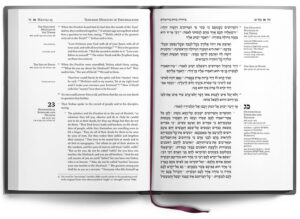
Assembling Together
Restoring the Church to the Original Blueprint
Jesus and his disciples
Rebuilding the Church
Assembling Together
"And let us consider one another in order to stir up love and good works, not forsaking the assembling of ourselves together, as is the manner of some, but exhorting one another, and so much the more as you see the Day approaching." Hebrews 10:24-25
"Every day they continued to meet together in the temple courts. They broke bread in their homes and ate together with glad and sincere hearts, praising God and enjoying the favor of all the people.And the Lord added to their number daily those who were being saved."
Acts 2:46-47
"And they continued stedfastly in the apostles' doctrine and fellowship, and in breaking of bread, and in prayers." Acts 2:42:
The Apostle's Teaching
Teaching
I believe the Lord would have us get back to foundational teachings. The writer of Hebrews says, "For though by this time you ought to be teachers, you need someone to teach you again the basic principles of the oracles of God. You need milk, not solid food... solid food is for the mature. What are these foundational teachings?
Fellowship
Fellowship
What is the fellowship of believers? Where is the Apostle Paul's concept of community?
Breaking of Bread
Breaking Bread
Much more than just sharing a meal. How was it practiced by the early church? What did the instructions to the Gentile believers in Acts 15 have to do with the breaking of bread?
Prayer
Prayer
What was the prayer routine of Jesus, the disciples and the early believers? Did their churches have 24/7 prayer? Did they combine prayer with fasting? Did they use liturgical prayers or did they just pray as the spirit led?


